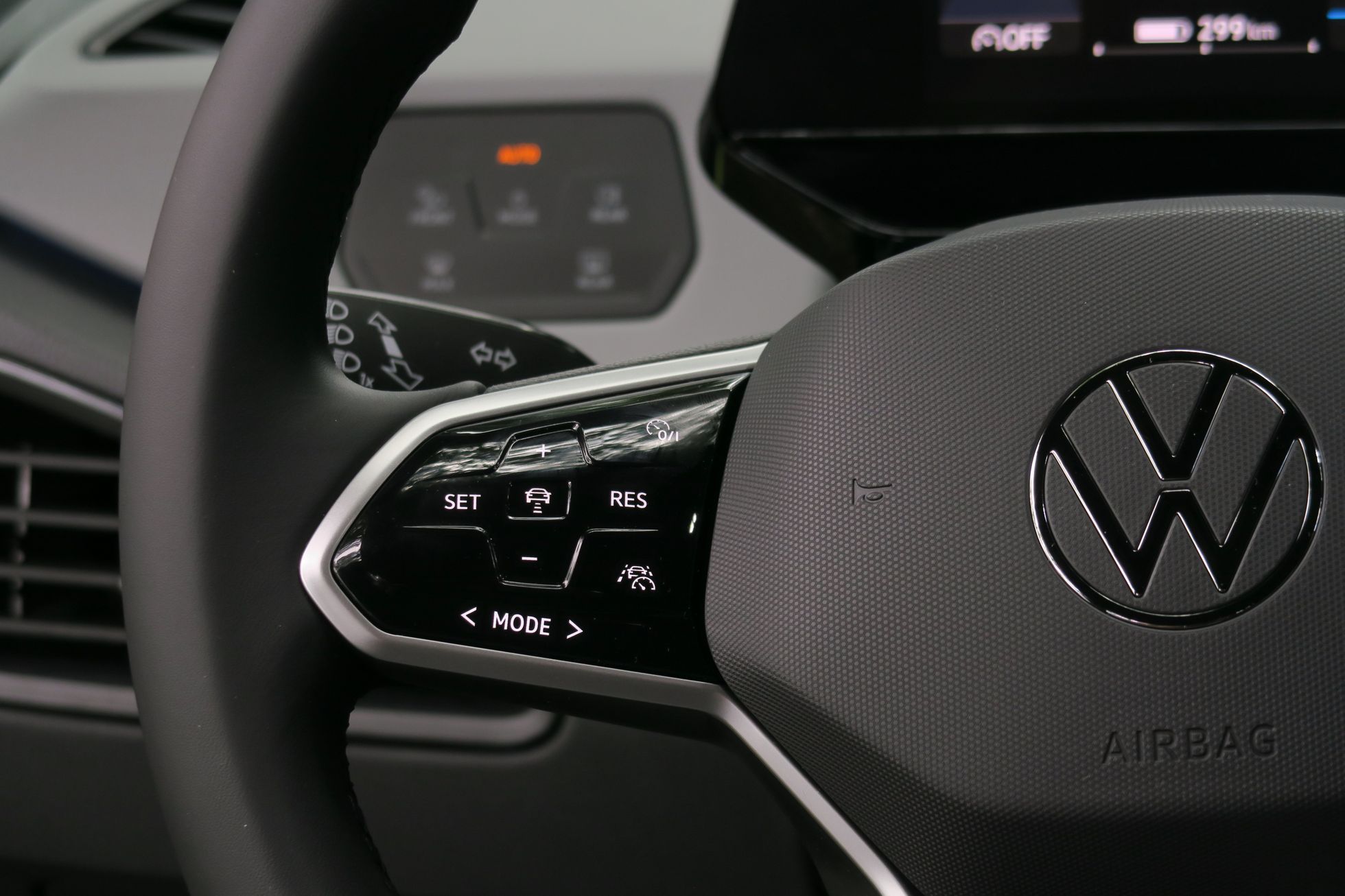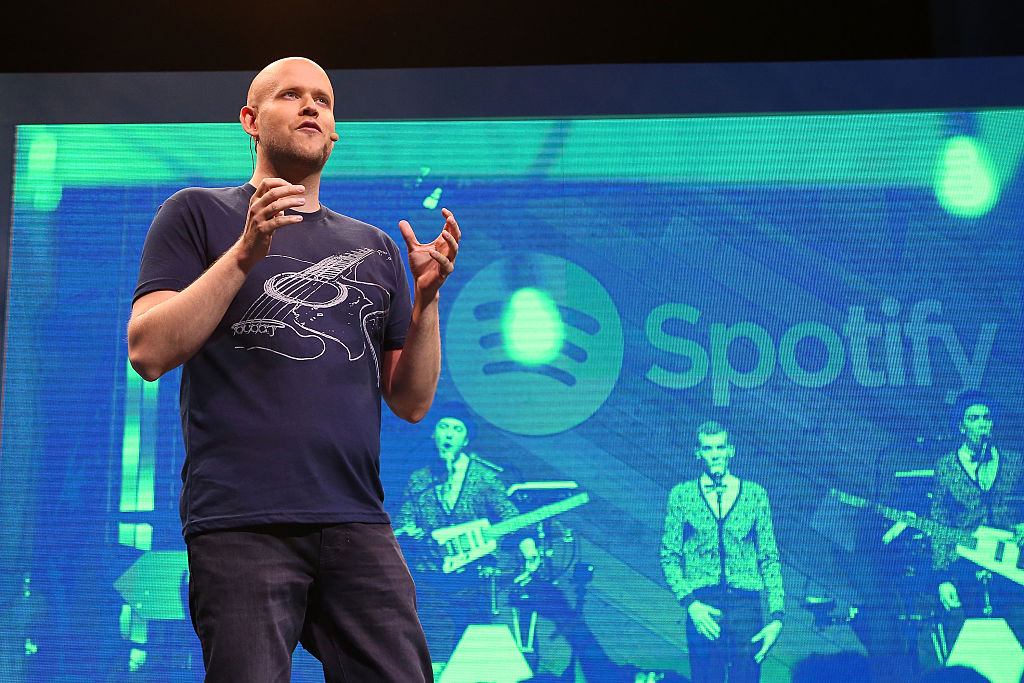Do like Tesla. Under the leadership of Herbert Diess, the unwritten rule permeated the entire Volkswagen company, the American automaker was taken as a technology and marketing model. But Diess, a huge Musk fan, suddenly quit his job in the early summer and, after a staff reshuffle, now comes a cautious change of course.
“Listening carefully to our customers, learning and providing answers to the pressing questions of the times is in my opinion the key” he wrote to the social network LinkedIn Thomas Schäfer, a man who only a few months ago drove Škoda from Mladá Boleslav and today holds the same position in the Volkswagen brand. As an example that the car company is not deaf and blind to the comments of those who drive cars every day, Schäfer added a seemingly inconspicuous information: “We are creating new and simpler controls for our vehicles. For example. , we are introducing the push-button steering wheel back! “
However, even this brief message was enough for Schäfer to gain unprecedented attention from the debates. Some advised him to return a button to the cars to simply deactivate the ESP system, while others demanded that the physical buttons for climate control be returned. Reading the discussion posts, one cannot avoid the impression that the over-digitization of modern car interiors is a topic that their users care about.
Anyone can handle a tablet
The auto company is now surprised to find that not everything Elon Musk can offer his customers will be understood even by traditional customers who pass on their affection for Volkswagen from generation to generation. Musk’s idea that all functions of the car can be controlled through a large screen has its basis in Tesla’s reluctance to conduct practical tests during development. Most of the things here are tested by computer simulation, so the more mundane the solution, the less unpleasant surprises in practice.
Everyone has experience with a tablet or smartphone, their operation is tried and tested. And what’s more, it costs little, was probably the logical conclusion of the management when deciding on the new shape of the Volkswagen digital interiors.
It’s not as radical as Tesla’s solution, but when it comes to distracting the driver’s attention from what’s happening on the road, it definitely goes in the same direction. Volkswagen introduced it in the current generation of Golf, but also has it, for example, in the ID3 electric car, which Herbert Diess proudly showed to Elon Musk at an informal meeting at Braunschweig airport two years ago. Instead of physical buttons, there are touchpads with an ambiguous tactile response, in some cases, moreover, they remain off at night and the driver has to hear them by heart. The fact that it takes longer for this than before is whitewashed.
Pay for the function
Last year, Volkswagen founded the Cariad company, which was supposed to provide software solutions to the entire company. It was mainly about ensuring that its brands were not dependent on external software vendors who hold the patent rights and keys for updates. Diess’s successor as head of the group, Oliver Blume, has now announced that he plans to carry out a review of the digitization of cars, which will involve “a straightening of time horizons and feasibility”.
Cariad chief Dirk Hilgenberg at the congress organized by the weekly Automobilwoche He admitted, that introducing their own software into cars is a “painful process” and the situation requires cooperation with other partners. He then called the semiconductor manufacturer Qalcomm and also the Bosch company.
However, according to Hilgenberg, Cariad will continue to work on two user platforms according to the original plans: the first, called The Driver, includes assistance systems that are important for the safe operation of the car, in the case of the second platform, “The Driver digital X- Perience “, it will be the possibility of remotely unlocking some functions of the car. Dirk Hilgenberg gave the example of autonomous driving, which the customer can access for a certain period of time for a fee.
Here, too, the inspiration for Tesla cars is evident, which are usually fully equipped with factory driver assistants, but the automaker is asking for extra money to get them up and running. Volkswagen is counting on the fact that in the future customers will be willing to pay a regular fee for the use of the car’s “superior” features, just as they do now to listen to music on Spotify or watch series on Netflix. Which is a strategy that may not be fully understood by traditional clients.
Volkswagen is expected to test the new business strategy on the Trinity electric car, which the brand wants to put on sale in 2026. The aforementioned weekly Automobilwoche recently came out with information, that Volkswagen is planning just five body colors for the Trinity, which is said to help streamline production and cut costs. Incidentally, this is the same number of options that Tesla also offers for its best-selling “Model 3”.


